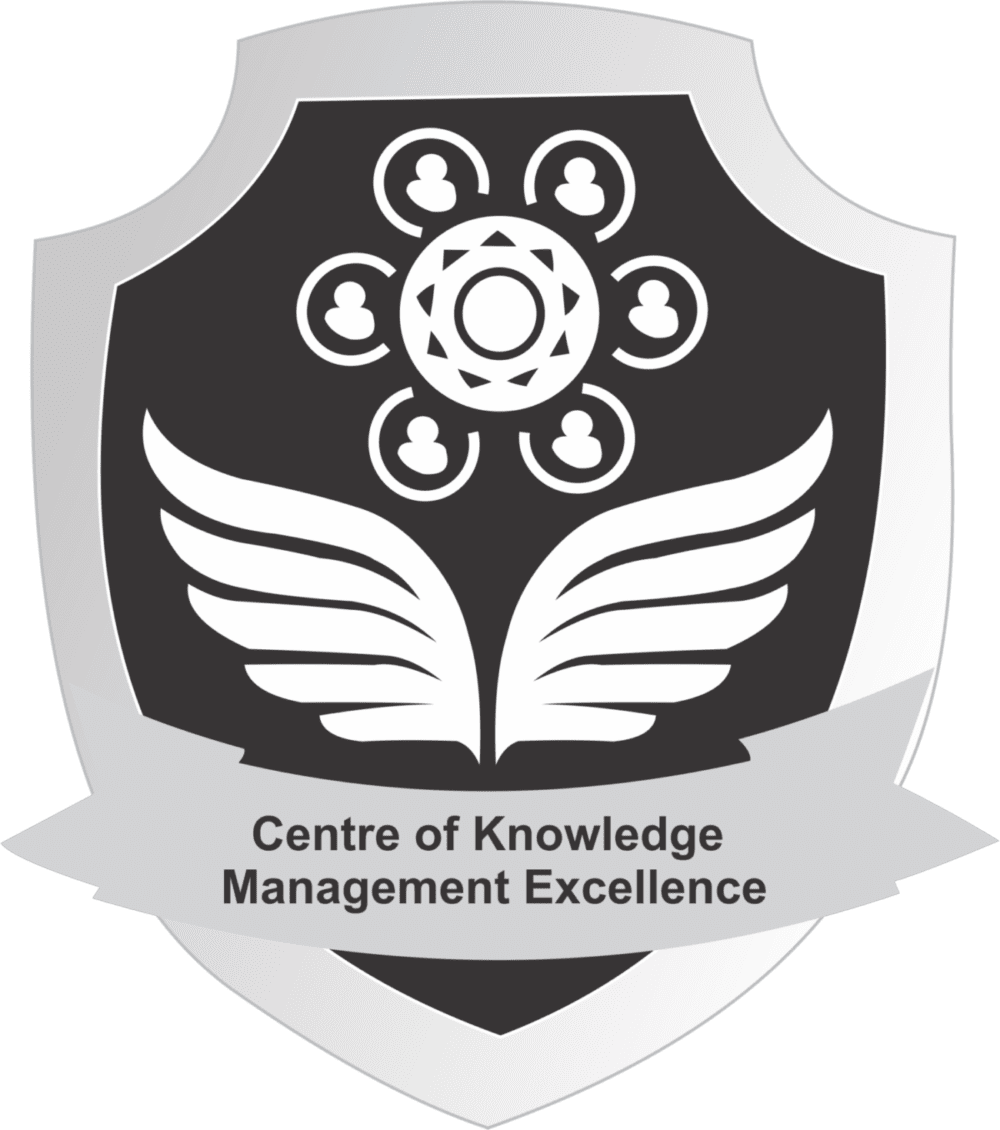BOOK 1: Understanding Human Resource Management (Author: Dr. Seema Sant)
Chapter 1: Introduction to understanding Human Resource Management
Chapter 2: The HRM debate: A reappraisal
Chapter 3: The emergence of ‘strategic HRM
Chapter 4: The contribution of the resource-based view
Chapter 5: The dynamics of appropriation
Chapter 6: Knowledge management: an emergent paradigm
Chapter 7: Managing in a social context
Chapter 8: The future of Human Resource Management
BOOK 2: Strategic Human Resource Management (Author: Dr Ramu Nagarajapillai & Avneet kaur)
Chapter 1: Introduction to HRM
Chapter 2: Significance of HRM
Chapter 3: Objectives of HRM
Chapter 4: Functions of HRM
Chapter 5: Compensation & Benefits
Chapter 6: Strategic Planning and Human Resource Practices
Chapter 7: Limitations of HRM
BOOK 3: Organizational Structure and HRM Planning
Chapter 1: Introduction to Organizational Structure
Chapter 2: Formal Organization
Chapter 2: Informal Organization
Chapter 4: Tall and Flat Organizational Structures
Chapter 5: Responsibility, Authority and Accountability
Chapter 6: Line and Staff Functions
Chapter 7: Introduction to Human Resource Planning
Chapter 8: Objectives of Human Resource Planning
Chapter 9: The Process of Human Resource Planning
BOOK 4: Career and Succession Planning
Chapter 1: Introduction to Significance of Career Planning
Chapter 2: Career Anchors and Stages
Chapter 3: Features of Career Planning
Chapter 4: Process of Career Planning
Chapter 5: Problems in Career Planning
Chapter 6: Career Planning versus HRP
Chapter 7: Succession Planning – Features and Scope
Chapter 8: Major Factors affecting Career Progression
BOOK 5: Employee Training and Management Development
Chapter 1: Introduction and Purpose of Training
Chapter 2: Improving Employee Performance
Chapter 3: Retaining and Motivating Employees
Chapter 4: Process of creating efficient and effective organization
Chapter 5: Employee Training Methods
Chapter 6: Concept of Management Development
Chapter 7: Process of Management Development
Chapter 8: Management Development Methods
Chapter 9: Definition and Objectives of Job Evaluation
Chapter 10: Process of Job Evaluation
Chapter 11: Quantitative Techniques
BOOK 6: International Human Resource Management
Chapter 1: Introduction to International HRM
Chapter 2: Offshoring
Chapter 3: Outsourcing
Chapter 4: Staffing Internationally
Chapter 5: International HRM Considerations
Chapter 6: Multiculturalism
Chapter 7: International HRM Laws
